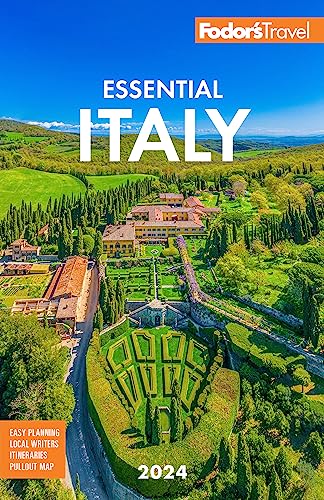Eating Well in Central Tuscany
Chianti restaurants serve Tuscan dishes similar to those in Florence, but they also have local specialties, such as pasta creations made with pici (a long, thick, hand-rolled spaghetti). You'll find other pasta dishes, like pappardelle alla lepre (a long, flat type of pasta noodle with hare sauce), and soups, such as pappa al pomodoro (a thick tomato soup) and ribollita (Tuscan bread soup), on most menus.
Panzanella, a salad of tomato, basil, bread, and onion, is a common first course on summer menus.
The so-called tonno del Chianti (Chianti tuna) is really a dish of tender flakes of pork that looks and, believe it or not, tastes like tuna. Pecorino, a sheep's-milk cheese, makes it onto many menus in pasta dishes and appetizers.
The Sienese often add a subtle flair of extra herbs and garlic to their rendition of traditional Tuscan fare. Antipasti (usually made of the simplest ingredients) are extremely satisfying.
A typical starter might be a plate of excellent locally cured meats, such as those made from cinta senese, a species of domestic pig rescued from near extinction. Verdure sott'olio (marinated vegetables) are usually artichokes, red peppers, carrots, celery, cauliflower, olives, and capers marinated in olive oil. Second courses are traditionally game meats, and piccione (pigeon), served either roasted or stuffed and baked, is commonly on the menu.
After your meal, try some delicious amber-color vin santo, a sweet dessert wine with cantuccini (hard almond cookies), which are dunked once or twice in the glass. The wine is made from choice white Trebbiano Toscano or Malvasia del Chianti grapes and is aged in small, partially filled oak barrels. Other favorite Sienese sweets include ricciarelli, succulent almond-flavored cookies.
Excellent extra-virgin olive oil is produced throughout the region, and the best way to taste it is in the form of a fettunta (oily slice), a thick slice of toasted Tuscan bread rubbed with garlic, sprinkled with salt, and dripping with olive oil. Asking for a plate or bowl to sample olive oil with bread before a meal is a dead giveaway that you're a tourist—it's the invention of American restaurateurs.




